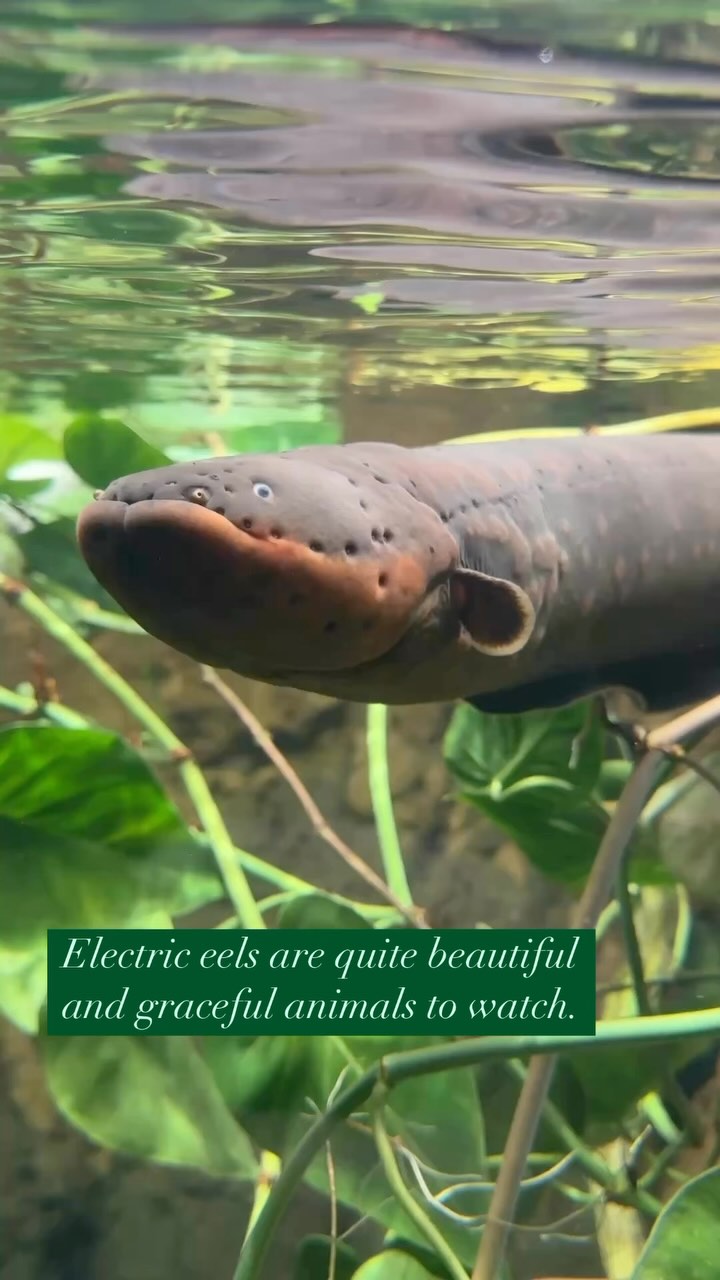- Electric eel physiology and their ability to produce electric shocks.
- The ecological role and habitat of electric eels in the wild.
- Conservation efforts and challenges facing electric eel populations.
- The impact of electric eels on scientific research and technological innovations.
- How zoo management incorporates education and conservation regarding electric eels.
Electric eels possess one of the most fascinating physiologies in the animal kingdom. These remarkable creatures are not true eels but are part of a family of fish called knifefish. Their ability to generate electricity is a product of specialized organs—mainly the Hunter’s, Main, and Sachs’ organs—that can build up a voltage capable of delivering powerful electric discharges. Each electric organ is made up of thousands of electrolyte cells that act like tiny biological batteries. When these cells discharge in unison, the eel can produce a potent shock, used for hunting prey and defending against predators. Typically residing in the murky waters of the Amazon and Orinoco river basins in South America, electric eels thrive in these dense aquatic environments. The waters are often shallow and poorly oxygenated, which suits the electric eel’s ability to breathe air due to its vascularized mouth, allowing it to survive in conditions that would be inhospitable to most fish species. Their ability to create electrical fields provides a unique way to locate and incapacitate prey, which consists of invertebrates, fish, and sometimes small mammals. As indicators of ecosystem health, electric eels play a vital role in their natural habitats, balancing the food web and contributing to the biodiversity of their ecosystems. Preservation of electric eels is crucial, and numerous challenges complicate conservation efforts. Activities that threaten their survival include habitat destruction, pollution, and the impacts of climate change that alter water systems. Conservation strategies must address these threats by promoting sustainable practices and protecting critical habitats. Increasing public understanding through educational campaigns can also bolster conservation efforts, highlighting the significance of preserving these creatures and their habitats. Electric eels have pioneered research leading to technological advancements, inspiring innovation in battery design and robotics. Scientists study their electricity-producing mechanisms to explore potential applications in developing bio-inspired energy sources and technologies. This impact extends to medical devices, contributing to the advancement of biocompatible power sources and sensors, providing clues to improving the efficiency and functionality of such inventions. In the zoological setting, electric eels serve as an educational focal point for demonstrating bioelectricity and adaptation. Zoo management often incorporates electric eel exhibits into broader discussions about aquatic life and conservation, seeking to inspire fascination and respect for these aquatic predators. Zoos aim to educate visitors on the importance of biodiversity and the intricacies of ecological systems, with electric eels as an example of evolutionary marvels designed to perfectly fit their niche. Understanding the multifaceted aspects of the electric eel helps to appreciate their biological wonders and the critical role they play in aquatic ecosystems. This knowledge supports their conservation and inspires future research that can lead to groundbreaking innovations, ensuring their legacy endures.
*****
Source Description
Jolting your system with some electric eel facts!⚡️


